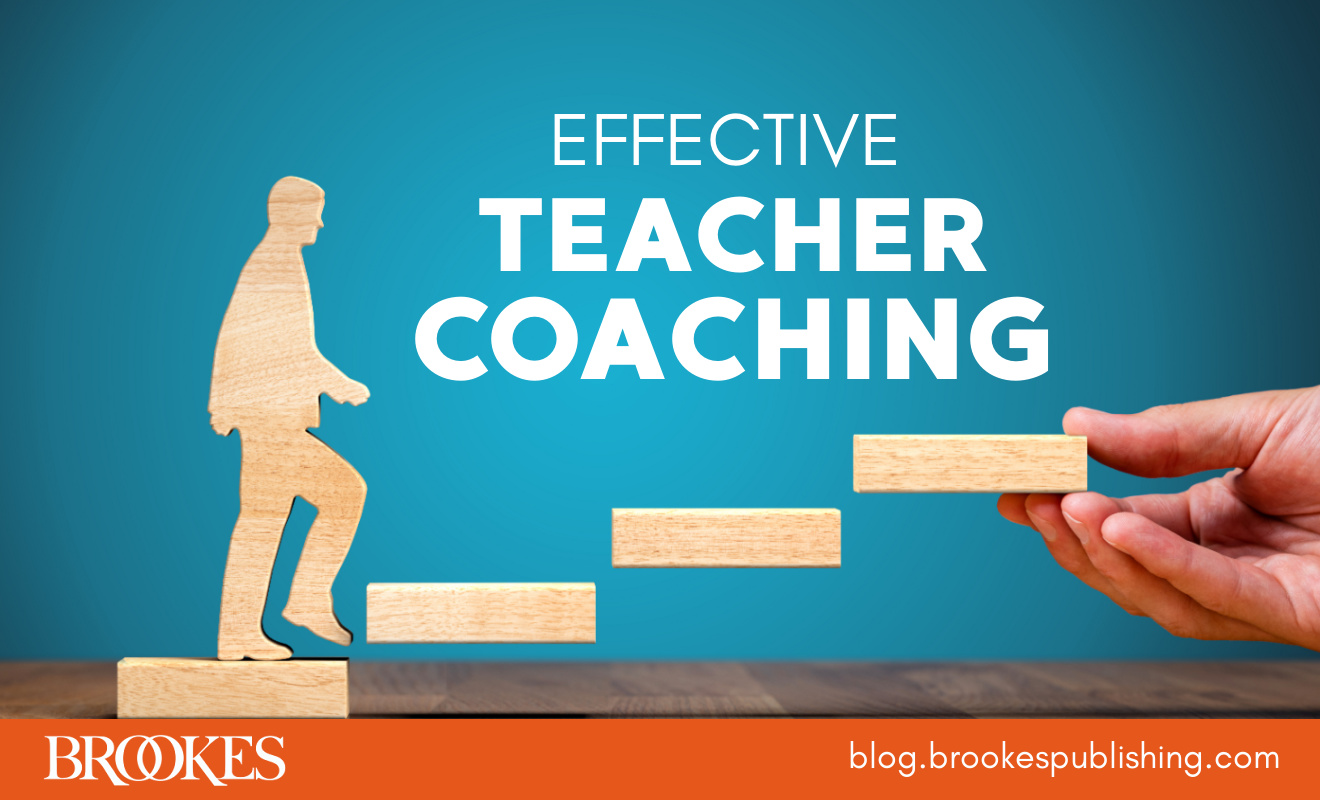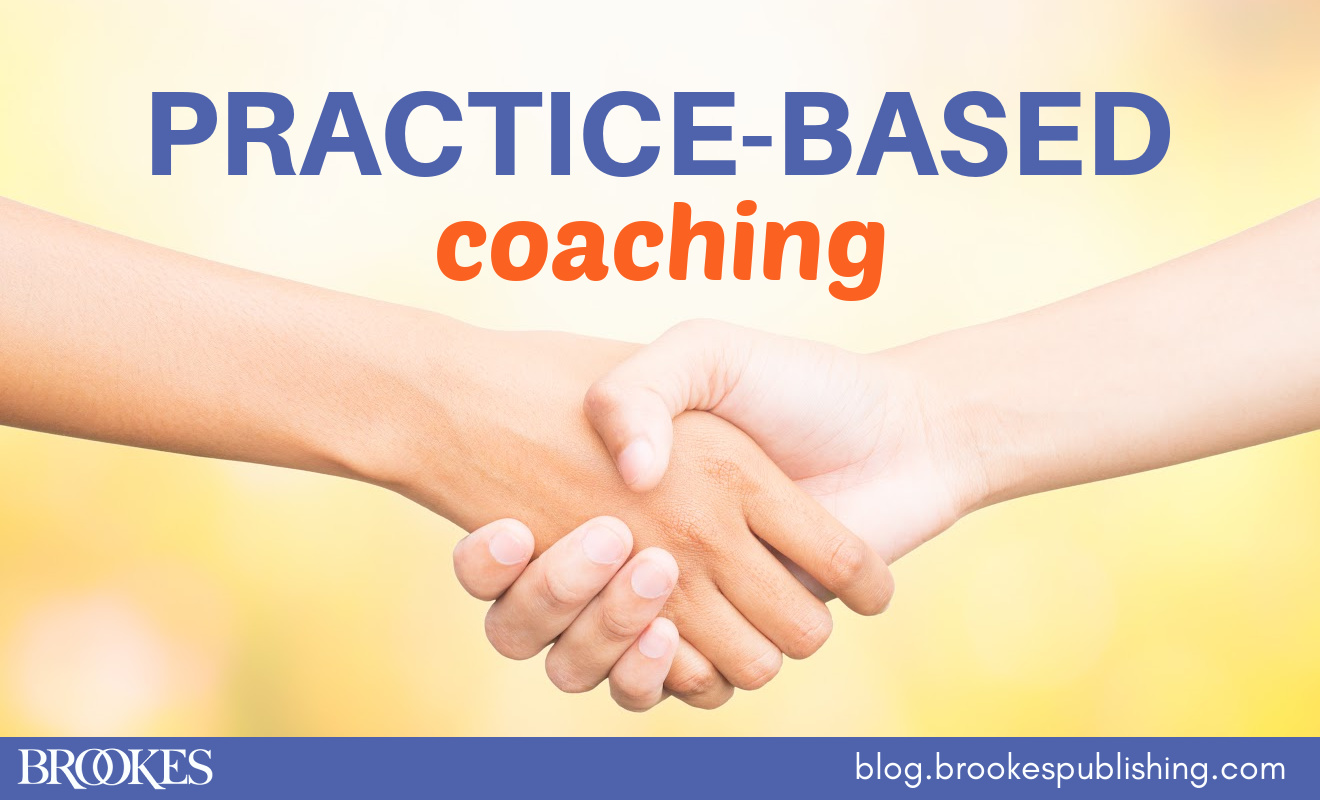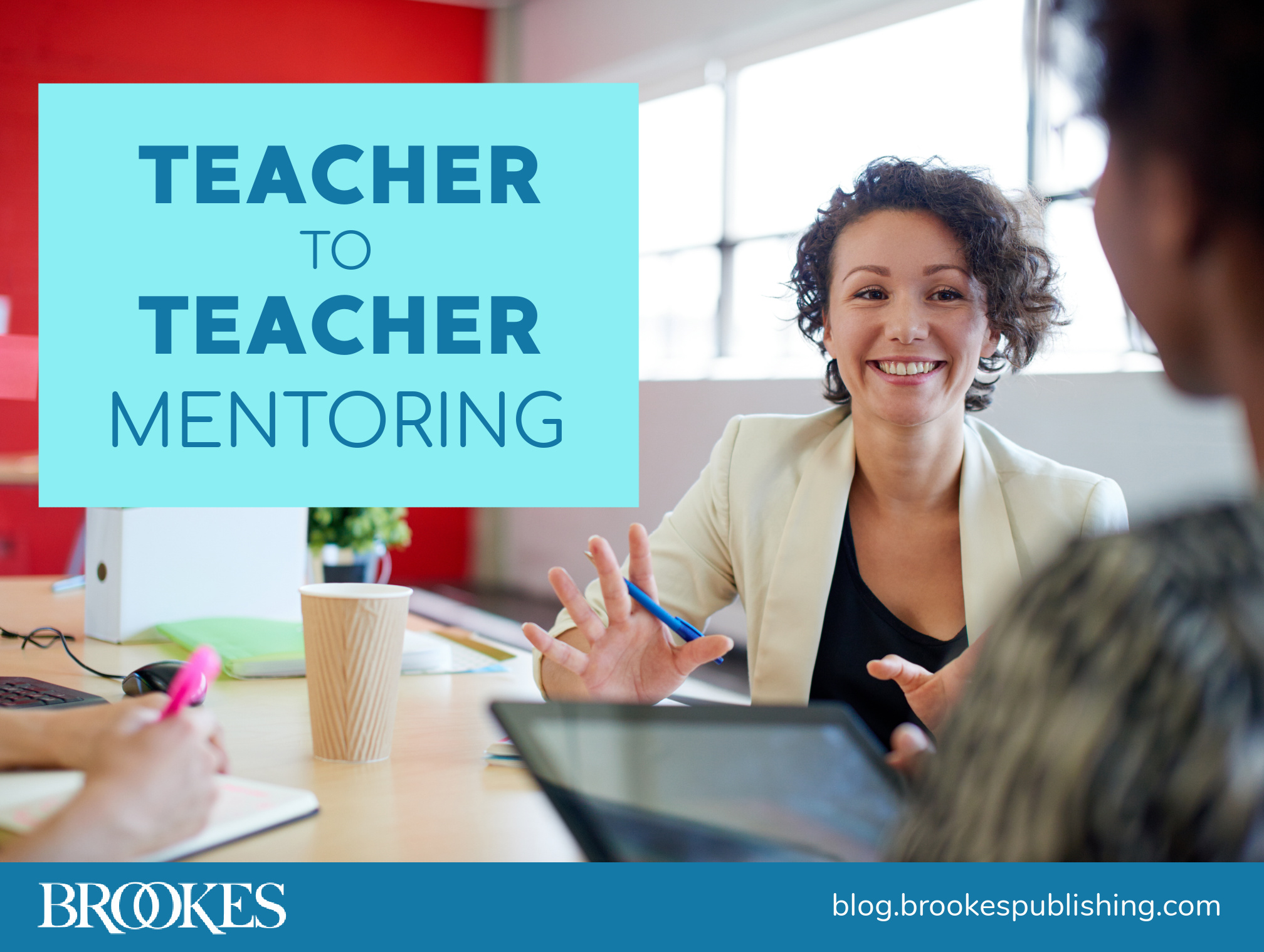4 Key Steps of an Effective Coaching Framework
September 13, 2022
 Coaching between educators is one of the best ways to enhance teacher practice and improve outcomes for all learners. To make the most of coaching, whether for individual teachers or educator teams, it’s best to use a clear and organized framework that can be applied consistently.
Coaching between educators is one of the best ways to enhance teacher practice and improve outcomes for all learners. To make the most of coaching, whether for individual teachers or educator teams, it’s best to use a clear and organized framework that can be applied consistently.
Excerpted and adapted from the new book Coaching for Systems and Teacher Change by Jennifer D. Pierce & Kimberly St. Martin, today’s post outlines four essential steps to implementing an effective coaching framework in PreK-12 classrooms. Preview the steps in this post, and then pick up the book for a comprehensive, practical guide to coaching!
Step 1: Alliance building
 In a nutshell: Take an intentional approach to developing an equitable, mutually beneficial partnership with a shared purpose.
In a nutshell: Take an intentional approach to developing an equitable, mutually beneficial partnership with a shared purpose.
Alliance is the dynamic that creates the foundation for all the other work that occurs between the coach and coachee. Three factors shape alliance:
- Interpersonal skills. Effective coaches listen more than they talk, ask clarifying and open-ended questions, create a safe climate, avoid judgment, and connect the coachee’s experiences with concrete actions they can take.
- Collaborative skills. Effective coaches work with teachers and teams to set goals, create a partnership, and co-construct agreements about their work together.
- Effective coaches have expertise in the content area and context in which the coaching takes place, and they are well-versed in successful coaching practices.
Alliance strategies should be used throughout every phase of the coaching cycle. For example, when kicking off the cycle, coaches may find it helpful to determine the teacher’s or team’s goal for the coaching session by asking open-ended questions such as, “How do you envision us working together as partners?” or “Do you have a particular goal you’d like me to help you progress toward?” As the teacher or team talks, the coach can closely listen, summarize what is stated, show interest in the ideas of the teacher or team, and clearly articulate next steps.
In the second phase of the cycle (working directly in the classroom or at a team meeting), the coach can focus their attention on the area identified by the teacher or team to indicate that the coachee(s)’ needs are a priority to the coach as well. During the third phase of the cycle (postmeeting), the coach can continue to ask open-ended questions (“How did the lesson/meeting go from your perspective?” “What surprised you about the lesson and student engagement?”) to encourage the coachees to share insights. The coach will build on the team’s insights and work with the teacher or team to pinpoint next steps.
By using alliance strategies during each phase of the coaching cycle, the coachee(s) gain a deepening understanding that the coach is a trustworthy ally on the journey toward improvement.

Step 2: Observing
In a nutshell: Watch the teacher or team in action, gather simple data, and use the data to construct feedback and encourage reflection.
Observing is the dominant practice used in the second phase of the coaching cycle and is critical to coaching. The coach must have a clear understanding of how the teacher works with students or how the team is managing the implementation effort.
- When observing teachers, the coach watches the teacher work with students to gather information about what transpires in the classroom. As a part of the information-gathering aspect of the observation, the coach may also take notes or collect data on teacher practice.
- When observing teams, the coach typically attends the team meeting that is focused on the educational innovation being implemented (e.g., the PBIS components of MTSS, literacy components of MTSS). As with coaching teachers, the observation occurs so that the coach can gain insight into how the team currently operates.
Although watching a teacher or a team seems like an obvious component of any coaching session, it is an important part of the second phase of the coaching cycle. You cannot use the next two coaching practices—modeling and providing performance feedback—if you don’t know exactly what the teacher is doing when working with students or what the team does during an implementation team meeting.
Step 3: Modeling
 In a nutshell: Demonstrate to coachees how to use a specific teaching or teaming practice.
In a nutshell: Demonstrate to coachees how to use a specific teaching or teaming practice.
After information is gathered through observation, the coach may provide modeling for teachers or teams. Modeling is akin to providing scaffolded instruction to students. A coach might show a teacher how to implement a practice, implement the practice in tandem with them, and then offer the teacher opportunities to independently use the practice.
Teams can be offered modeling too: for example, if team members don’t know how to examine data and they draw inaccurate conclusions, then the coach could model data analysis for the team members, as long as the team and coach have already agreed that modeling may be a part of coaching sessions. Modeling would continue until the team members mastered the skill.
Modeling is not always necessary, but if it does not occur when needed, then the teacher or team may continue to incorrectly implement a practice. Undoing incorrect learning can be challenging for both coaches and coachees, so it’s better to try to avoid this by providing support.
Step 4: Providing performance feedback
In a nutshell: Share your feedback so that coachees have concrete, actionable data that helps them reflect on their practices and advance their goals.
 Performance feedback is typically provided in a postmeeting. Feedback is often summarized in written form or compiled within checklists that document what happened in the classroom or team meeting. By the time of this postmeeting, coaches have already 1) used alliance strategies to form a positive foundation of trust and common commitment; 2) observed to gain information about the work of the teacher or team; and 3) modeled if the teacher or team needed that support. The coach should now have adequate information to share with the teacher or team and maintain the positive rapport so that feedback can be well received.
Performance feedback is typically provided in a postmeeting. Feedback is often summarized in written form or compiled within checklists that document what happened in the classroom or team meeting. By the time of this postmeeting, coaches have already 1) used alliance strategies to form a positive foundation of trust and common commitment; 2) observed to gain information about the work of the teacher or team; and 3) modeled if the teacher or team needed that support. The coach should now have adequate information to share with the teacher or team and maintain the positive rapport so that feedback can be well received.
In the case of coaching teachers, feedback is a precise description of what the teacher did and what the students did in response to the teacher. In the case of coaching an implementation team, feedback is just as precise, but the description should be of what the team members did to advance their implementation effort—for example, if they correctly analyzed and used students’ reading progress monitoring data to inform an implementation decision. Whether you’re coaching teachers or teams, though, high-quality performance feedback should be timely, clearly based on data the coach collected during the observation, and more positive than corrective.
Implementing all four of these steps will take strategic planning and practice. For a real-world guide to putting the coaching framework into action, get the book behind today’s blog post!




Write a Comment
Your email address will not be published. Required fields are marked *
Post a Comment